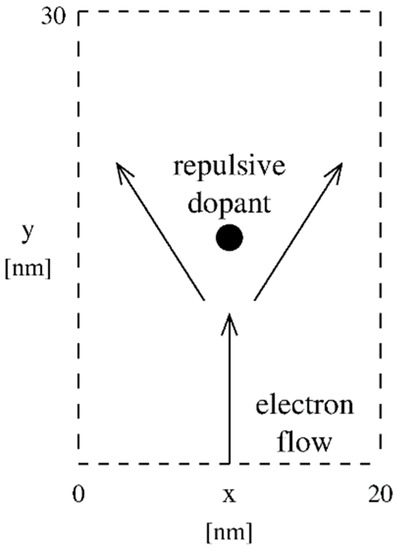

Each P-loop is composed of five amino acids: linked by peptide units (H–N–C=O). The 3.4 nm long KcsA channel is comprised of a 1.2 nm long selectivity filter that is composed of four P-loop monomers. The structure of this filter is well studied in the Streptomyces lividans (KcsA) bacterial channel 15. Another common feature is having a selectivity filter responsible for passing only one specific type of ion.

Ion channels share common properties, the most important of which is the presence of a gate that can be activated by such factors as chemicals, voltage, light, and mechanical pressure.

Structurally, ion channels are protein complexes comprised of several subunits whose cyclic arrangement forms sub-nanometer pores for ions to enter or leave the cell 1. These channels are a collection of proteins embedded in the cell membrane that tune the flux of specific ions across the membrane and regulate interactions between the cell and its environment 14. Due to the energy scale and transport phenomena, ion channels can be considered as a distinct protein system that the quantum effects may have a functional role within them so that their activities can be comprehended via quantum mechanics 11. Recently, it has been proposed that quantum coherence may play a role in the selectivity of ions and their transport through ion channels 11, 12, 13. According to this evidence, the role of quantum phenomena, such as tunneling and quantum coherence, has been widely accepted in the crucial activities of living cells 10. The newfound evidence, in recent years, reveals that quantum principles play a critical role in explaining various biological phenomena such as photosynthesis, quantum effects in the brain, and spin and electromagnetic routing of the migratory birds 4, 5, 6, 7, 8, 9. In the beginning, it was believed that quantum phenomena such as tunneling or quantum entanglement do not exist in living environments since these environments are inherently warm, humid, and noisy 1, 2, 3. Quantum biology is a relatively new field of study in quantum mechanics which can use quantum theory in some aspects of biology that classical physics cannot describe precisely. The oscillation of distillable coherence from zero, after the decoherence time, and also the behavior of the coherence function clearly show the point that the system is coherent in ion channels with high throughput rates. We studied the distillable coherence and the second order coherence function of the system. Using the Lindblad equation to describe a three-level system, the results in different quantum regimes are examined. The present research is an attempt to investigate the relationship between hopping rate and maintaining coherence in ion channels. To do this, ion channels must be highly selective, allowing only certain ions to pass through the membrane, while preventing the others. One of their main physiological functions is the efficient and highly selective transfer of K + ions through the membranes into the cells. Potassium channels play a vital role in many physiological processes. These electrons will form a magnetic dipole that will align itself with the Earth’s magnetic field and since they are a spinning charge system they will emit electromagnetic waves in the kilohertz range.Recently, it has been suggested that ion channel selectivity filter may exhibit quantum coherence, which may be appropriate to explain ion selection and conduction processes. This is counter-intuitive from the point of view of classical mechanics as all electrons are negatively charged and so should repel each other but the authors insist that all is well according to Quantum Electrodynamics
#FUNCTIONAL ROLE OF QUANTUM COHERENCE IN INTERFACIAL WATER FREE#
Within structured water there will form areas consisting of about half a billion free electrons spinning around the same axis in a cylinder formation. We can dilute the original water to homeopathic dilutions and still preserve the biological effect of the original solution as the mineral free nano-associates are still present. These structures seem to be self-replicating somehow so as to exist even without the original seed, forming nano-associates, which do not contain the original substance but still possess similar biochemical properties. In other words it is the chemical properties of this gel structure that are important in biology, instead of or in addition to the mineral or protein itself (See Cells, Gels etc. Impurities within the water will be surrounded by layers of H2O dipoles arranged according to the charge structure of the particle itself and forming a thick gel which actually has biological action specific to the structure of the gel. Nano Associates and hydrated nanoparticles


 0 kommentar(er)
0 kommentar(er)
